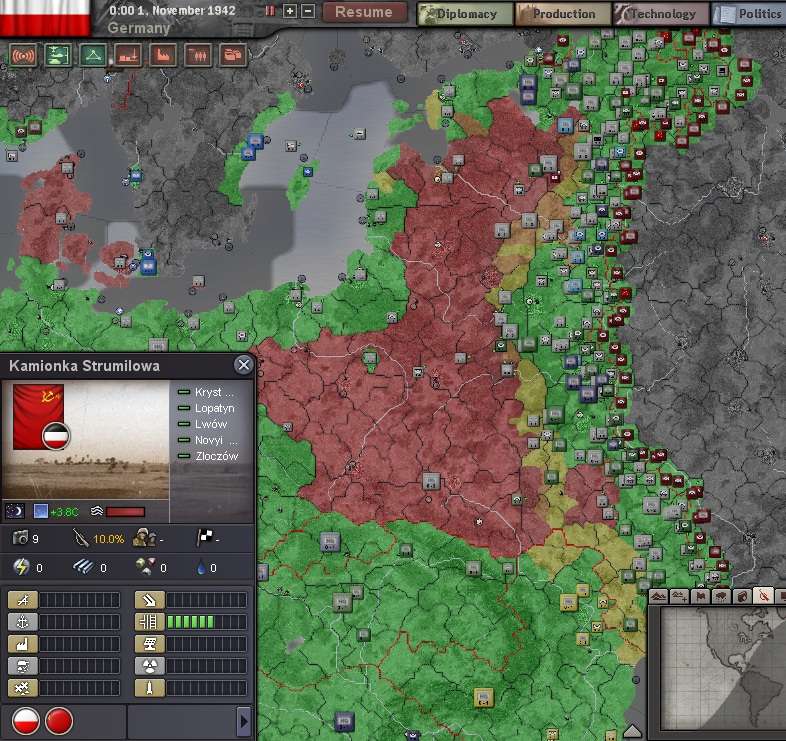Make all possible nations Axis and do prawnstars.
Would'nt that mean that he should fail at taking last nations last provinces ?
Make all possible nations Axis and do prawnstars.
Would'nt that mean that he should fail at taking last nations last provinces ?
Odessa and Kiev lost?
Disgraceful! Well, maybe Leningrad-Moscow rail can be liberated!
The update seems rather worrisome, although perhaps it is actually simply showing some intelligent withdrawl in the face of considerable Axis pressure. As it is, it appears as if although this Axis threat in the sector is something to fear they may lack the ability to push home their advantage as the Soviet forces have kept their discipline very well. Regardless hopefully the lost land can be regained and the Axis forces thrown back soon.
What you lost Kiev !!! Push them to Poland >8]
Spoilers???!!!Honestly, Loki, have you learned nothing from my AARs??!!
You don't let us know that you've dominated the Axis by 1945. You make us assume you'll be making a final stand against the Germans at Vladivostok, THEN after the cliffhanger has had its effect you come back and take Berlin.
Though, for all I know, you DID have to retreat to Vladivostok before dominating the Axis in 1945.
Keep up the good work!
Rensslaer
go for South America! i've never seen that in an AAR before. Besides, if you get in a legit war with the US it should last for more than 3 years which takes you beyond 1948. You can change the end date but i've have a couple big bugs during that time.
Do (a) in conjunction with (b), then start (c)! Though it would be good if you don't have to repeat a Prawnstar exercise in patience! (I suspect he is going to need some psychological counseling from his kittens).
Great updates. Personally, I think you should go South America and then call it quits.
Spread socialism to the whole world. Hit the south and head north.
Make all possible nations Axis and do prawnstars.
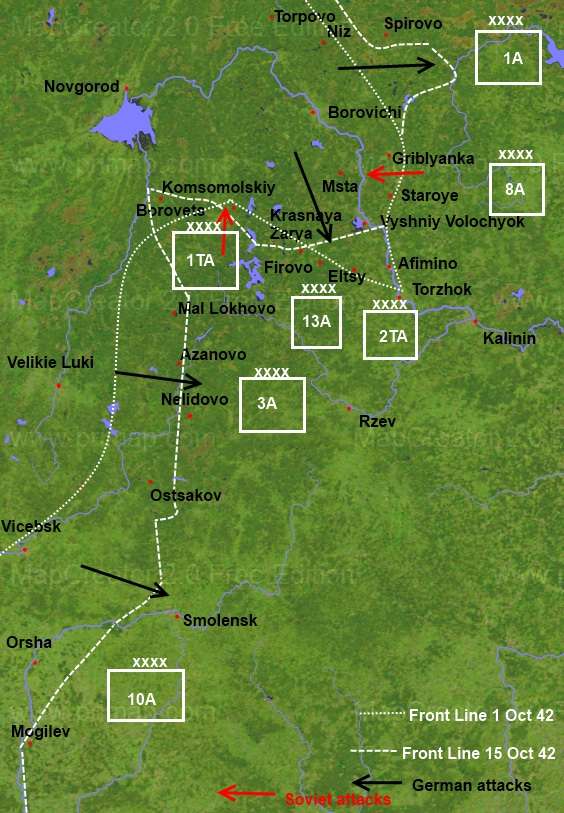


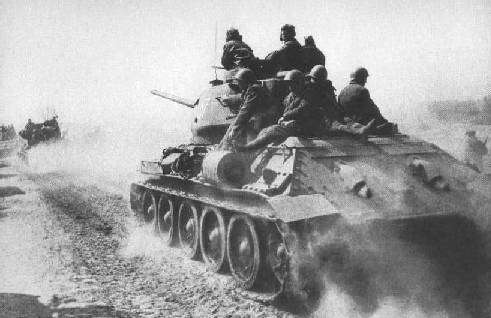
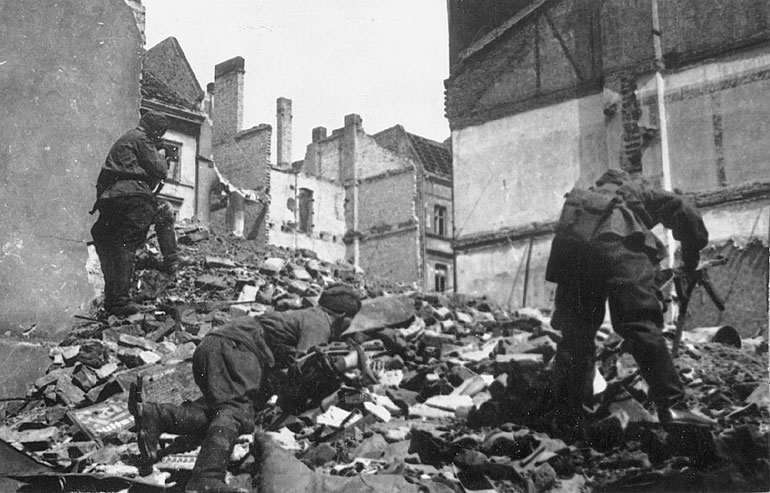

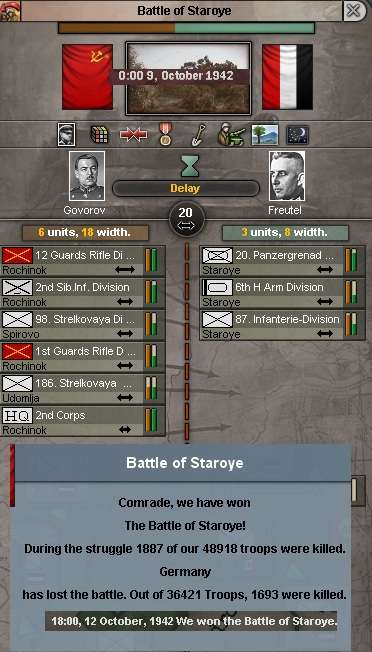
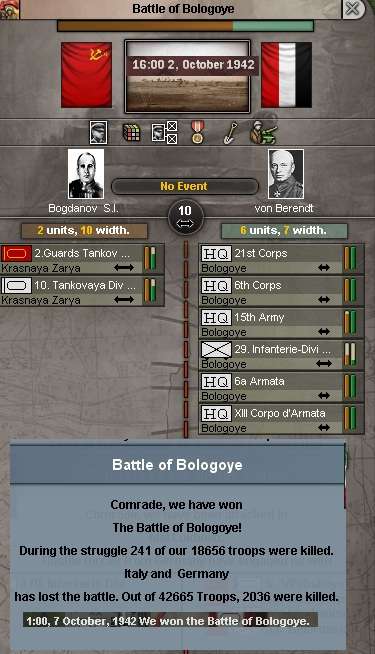

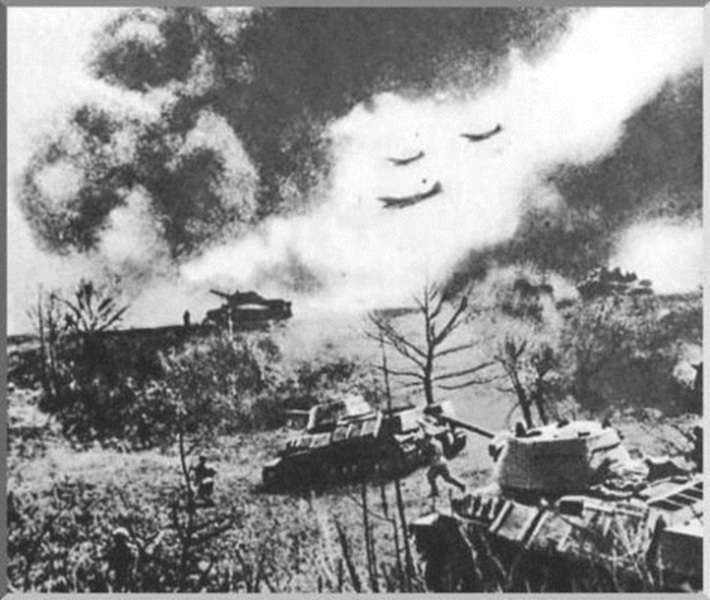
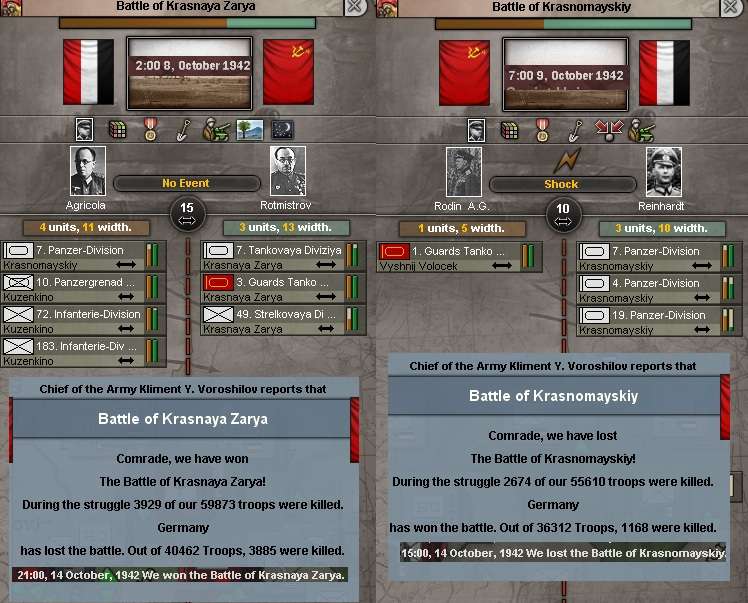
As to the end game, I'd quite like to see how you fitted South America into your current update template. Methinks there are few 1940s-era pictures of IS-2s rolling through Rio.
Great update. Can't wait for you to pressure Germans out of Soviet Union. Really great AAR.
Province names sometimes hurt the eye but meh, can't expect Paradox to get everything right in huge USSR. They even have Kiev misplaced after all
The AI attacks whenever is has the supplies to shoot something at you?
This is looking more like a turn-based strategy game between Hitler and Stalin, both changing blows equally.
Except that you get more POWs so far...
Taking the last two updates combined, I must say that the AI continues to surprise. It is certainly putting up a fight, even if it isn't always in the right place. Merely going by the amount of space occupied, the Germans have bounced back quite impressively, especially in the Ukraine.
As far as the future of this AAR goes - just do what is most interesting for you to play. Going after the Allies doesn't appeal to you and we already know that you can handle the USA, so I'd say go for South America if you do want to continue, and otherwise call it quits once the Hitlerite regime bites the dust. I'm sure that other challenges beckon, anyway...
I agree entirely that mopping up the allies can be tedious (this has killed off several games on HOI1&2 for me).
I do have to confess that I am interested to see how you would manage the power projection aspect of dealing with the USA.
Nice and well written as usual. Would be interesting to hear how things fare in the rest of the world.
Great writing as always and the photos are excellent.
WC FTW!
The Germans don't seem to be short of panzer divisions to throw at you, but you've hurt them again in this update. A rough parity in casualties and 40,000 prisoners in return for giving up some ground seems like a good deal for the Soviets and a worrying trend for the Axis.
As to the end game, I'd quite like to see how you fitted South America into your current update template. Methinks there are few 1940s-era pictures of IS-2s rolling through Rio.
Perhaps the gap could be filled with some more Soviet motivational posters.

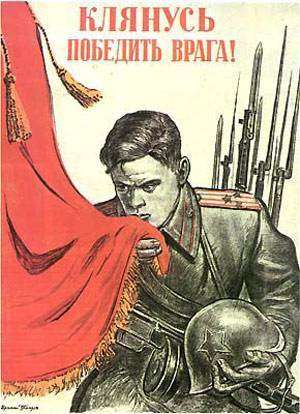
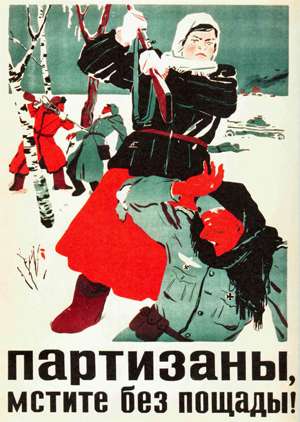
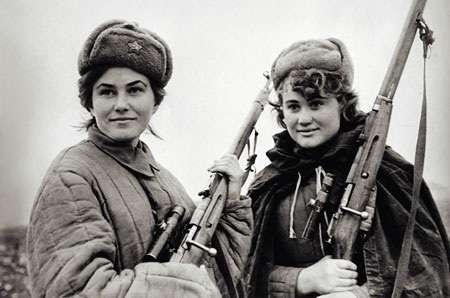
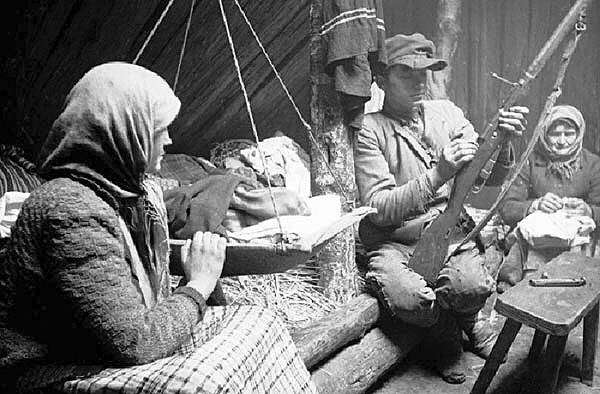

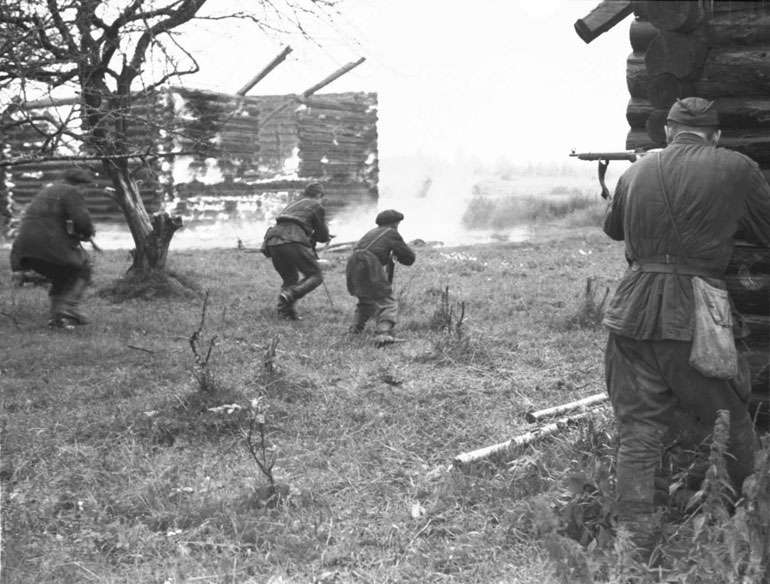
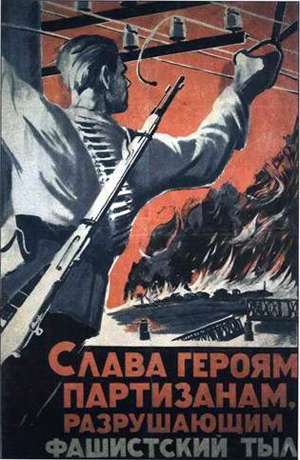
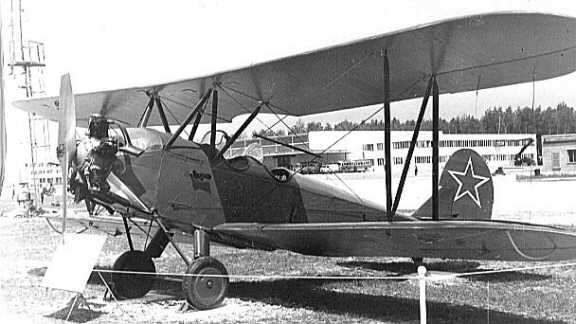
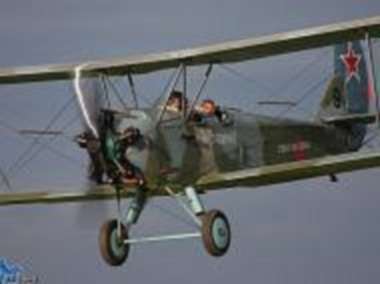
(reads: Promise to defeat the enemy)
Should be swear not promise.
Awesome AAR lots of very good work and great war time photographs.
Too slow to be shot down?
Does that say 'Kavkaza' on the first poster (which Wikipedia helpfully redirects to 'Caucasus' - seems plausible, with the mountains in the poster)?
And is the picture of the train taking from a plane? There's that odd horizontal line (stabilizer?) in the foreground...
In game terms, can you tell how much of an impact on partisan production you're having?
Good stuff and good updates. It really must prove a hindrance to the Axis forces that any Soviet land they occupy will require considerable resources in an attempt to pacify the population. As alluded to in the update not only resources but also morale is likely to be really damaged by guerilla warfare.
